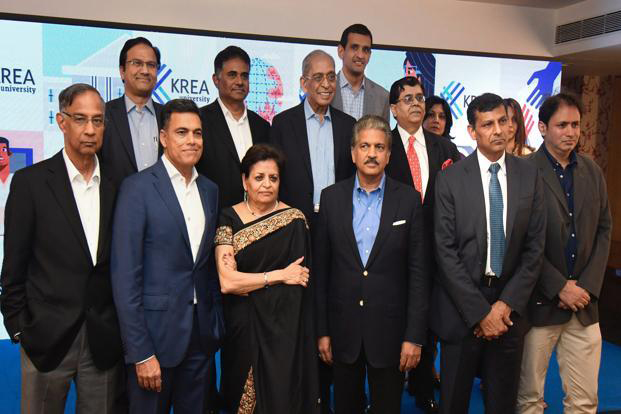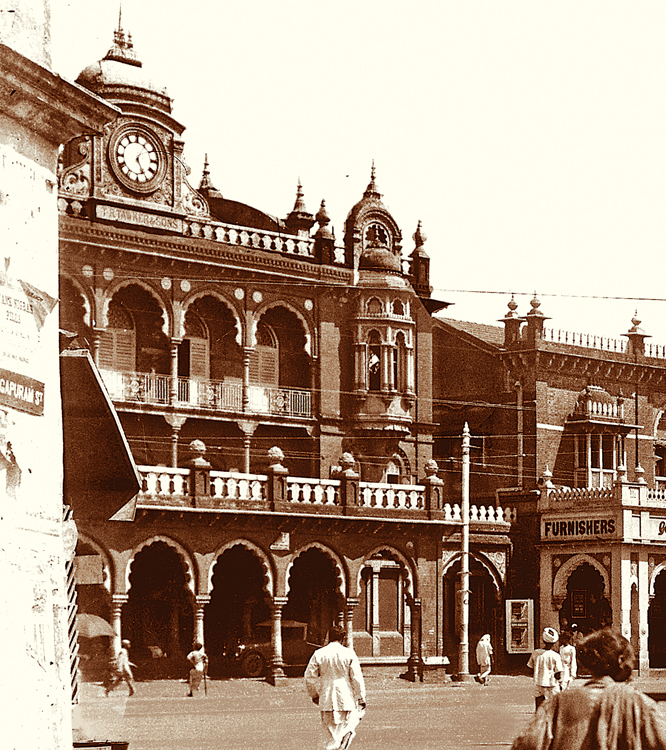Registered with the Registrar of Newspapers for India under R.N.I 53640/91
Vol. XXVIII No. 2, May 1-15, 2018
Archives: Vol. XXVIII No. 2, May 1-15, 2018
Where are the funds to save heritage?
by The Editor
It was only a month ago that we carried the story about how the Government had in its budget decided to sanction money for the restoration of three heritage buildings – Victoria Hostel, Queen Mary’s College and the Kumbakonam Government Arts College. We had rejoiced at this sudden change of attitude towards heritage. It is only now that we know that an announcement to this effect does not mean an automatic release of funds. Apparently that can take till eternity.
A news report dated April 7, 2018 carried the full details. The Public Works Department (PWD) is eagerly awaiting funds to the tune of around Rs 100 crore for the restoration of 25 heritage buildings spread across the entire State. The Building Centre and Conservation Division of the PWD (yes there does exist such an entity) has completed detailed project reports for all these structures and has submitted them to the authorities, after which it has heard nothing about them.
On the anvil are such prestigious restorations as the Humayun Mahal of the Chepauk Palace, now a mere shell with much of its interiors in a state of collapse for several years. This will cost around Rs 38 crore and needs immediate attention. Also of urgency is the restoration of the Government Press in the Mint. The oldest buildings there have already been destroyed by fire. The office of the Deputy Inspector General of Registration, on Rajaji Salai, has long been identified for restoration, but here too there is no action. And in a delicious twist, the PWD finds that its own historic premises on the Marina need urgent attention to the tune of Rs 17 crore, but has no money for it. Last seen, despite a seemingly solid exterior, the building was crying out for maintenance. Much of its priceless stained glass has been replaced by plastic.
If this be the situation in Madras, the condition of buildings upcountry is said to be far worse. Structures as far afield as Pudukkottai and Nagapattinam await funds.
The Government in our view is being short-sighted in the extreme. Surely sanctioning of Rs 100 crore is nothing for it given that that value appears to be the lowest denomination that it sanctions for anything and everything in its annual budgets. It should also realise that most of these proposals for restoration are time-bound and any delay will only push up the costs. What is the value of a cost estimation if execution is taken up a few years after it was prepared?
There is also another aspect that the Government needs to consider. Delays in restoration projects invariably mean that some other macro-level development nullifies whatever little is done. Take, for instance, the renovation of VP Hall and Ripon Building, both of which cost a tidy sum of money. The Government dithered for years and then, just as work began, the Metrorail stepped in. As a result, work on VP Hall had to be given up and as for Ripon Building, it is full of (structural) cracks.
There is another aspect to it all – how serious is the Government about actual restoration? Perhaps it is not and all that it wants is the goodwill that is generated by such announcements. In this era of social media, it is the optics that count and all that seem to matter, be it in Delhi or at State level. Those not wishing to attribute such diabolic thoughts to our Government can take solace in these intentions to restore heritage. Action may be a long while in coming.
Time to restore vanishing water bodies
by A Special Correspondent

Shrinking Porur Lake (above), thanks to all the buildings encroaching on its banks. Insert: a comparatively new embankment marking the present bounds of the lake. Below, a well-tended tank, the Kapaliswarar Temple’s, showing what can be done, and the neighbouring Chitrakulam tank made a garbage dump. (Pictures: R. Raja Pandian.)

A university for Thinking Indians
S. Viswanathan

A star-studded Krea team (front row: left to right) R. Seshasayee, Sajjan Jindal, Vishaka Desai, Anand Mahindra and Raghuram Rajan during the announcement of Krea University
Krea University to be set up at Sri City, promises to be different. The private university will offer four-year residential undergraduate programmes in liberal arts and sciences.
Our losses, Sri City’s gains
SV
The latest conquest of Sri City is the Krea University. Even while I admire Chandrababu Naidu and Ravindra Sannareddy for winning such prestigious projects, I should point to the Tamil Nadu government losing several projects. I cite a few:
Chennai Metro attracted Alstom to set up facilities in India to manufacture rail coaches for the metro rail systems. After all, several years back SIPCOT developed Gummidipoondi on the southern side of the border with Andhra Pradesh as an industrial centre. But Sri City proved more attractive.
A couple of years ago Indira Nooyi, a daughter of this soil, was keen to set up a mango pulp plant for PepsiCo. The investment indicated was Rs 1200 crore. PepsiCo’s fruit drinks needed the pulp. Sri City proved more mango-thirsty.
International Flavors & Fragrances Inc. have, for years, been having its plant at St. Thomas Mount in the heart of the city. IFF planned its expansion. A couple of months back IFF performed the Bhoomi puja for their new facility at Sri City.
B. Thiagarajan, head of Blue Star, has been talking of setting up a new facility in the South. Thiagarajan was active in the CII in offering invaluable suggestions on cold storages for food preservation. Last month, he announced a Rs 500
Lost Landmarks of Chennai
- SRIRAM V
The Tawkers of Gujarat remembered

A portion of Tawker’s showroom on Mount Road – a landmark now only a memory. (Courtesy: Vintage Vignettes.)
In their time, which was mid-19th to early 20th Century, the Tawkers were among the foremost Gujarati families of Madras. They were also among the earliest migrants from the west coast of India to settle in the south. Their fortunes were made in gems and jewellery, and they were the suppliers of choice to several royal families of India, wealthy business magnates and courtesans. To be able to purchase from the Tawkers you had to be of some status.

